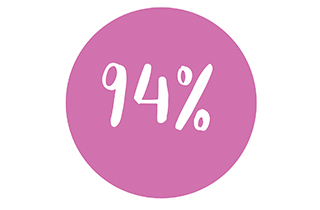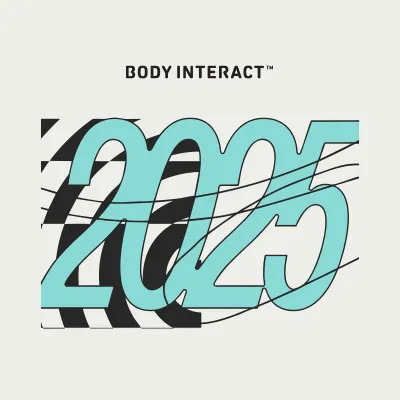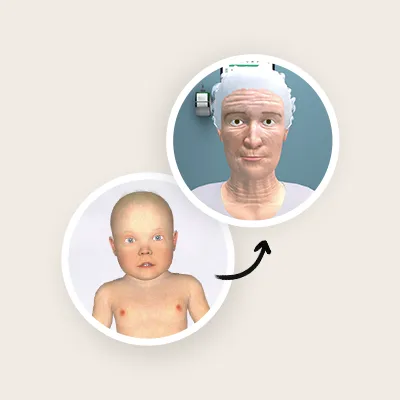During the past year a group of 11 higher education institutions from 8 different countries (Canada, China, Georgia, Honduras, Morocco, Norway, Poland, and Portugal) around the globe, both from nursing and medicine, conducted an international and multicentric study with the aim of understanding the impact of using Virtual Patient Simulators (VPS) in different aspects of Teaching and Learning.
For this matter, Body Interact, was the VPS used by all institutions, and data from both, teachers and students, was collected through a tailored made instrument for this study.

Global Impact Study in Clinical Education
In this first phase, a set of 617 valid responses were analyzed from students, from different curricular levels, that participated in small group training sessions guided by a tutor. The instrument used to collect data was applied pre and post VPS training session, in which two clinical cases of Body Interact were explored in a didactic approach.
So, what were the conclusions regarding the use of Body Interact, the VPS?
Promotes Curricular Integration and Individual learning
- Participants reported significative improvements in terms of curricular integration after the tutored Body Interact session, with higher benefit reported by students that scored lowest at baseline;
- Self-assessment of individual learning by students revealed a significative improvement in this process.
Positive effect on the curriculum
- The usage of VPS provided more opportunities to apply learned contents to practical clinical cases, and to be part of clinical simulations.
Positive effects on non-technical skills
- Body Interact proved to be a useful tool to train communication techniques, and group and conflict management skills;
- Body Interact improved students’ personal confidence to function as a future professional.
Positive effects regarding clinical reasoning development
- Comparing pre and post VPS training session, data showed that students at baseline didn’t related the usage of VPS to the development of clinical reasoning. After the session students found VPS to be an effective tool for the development and organization of clinical reasoning and decision-making skills;
- Students also reported that the implementation of VPS had the ability to turn decision-making errors into a constructive learning process.
Overall satisfaction and value of VPS tool

Were highly satisfied about using Body Interact as a new teaching tool

Stated that Body Interact allowed them to bridge the learning gaps in the teaching process and individual learning process

Indicated that Body Interact helped to identify individual weaknesses

Indicated that the simulator provided clinical experience through simulation

Educators
Teachers opinion was also collected, and unanimously agreed about the relevance of using technological based tools for teaching and learning, and particularly the usefulness of Body Interact as a pedagogical tool.
Among the positive qualities highlighted by teachers regarding the use of Body Interact features: the promotion of clinical reasoning organization, engagement and commitment regarding clinical practice in students, a positive impact in classes (reinforcing the learning process, optimizing the discussion of clinical cases, boosting interaction between students and teachers in class), and the help it can provide regarding non-technical skills development (development of communication and team work skills when used in small groups).
Worth mentioning in this pandemic context that, although the study started to be implemented in presential classes, schools had no trouble making the shift to an online environment which proved, by students and teachers’ feedback, that Body Interact is a useful tool both to provide simulated clinical experience and a solution to supplement clinical hours, due to its features – wide variety of clinical cases and range of difficulty levels, diversity of patients and health conditions, ease of access and, flexibility.
Currently a second phase of implementation is ongoing in 5 different countries.
Would you like to join in? Contact us








